Chronological Understanding
Sequencing, events, stories, pictures and periods over time to show how different times relate to each other and contribute to a coherent understanding of the past. You don’t have to teach topics in chronological order but need to relate the topics you teach to their chronological context.
Sort by:
Date (Newest first) | Title A-Z
Show:
All |
Articles |
Podcasts |
Multipage Articles
-
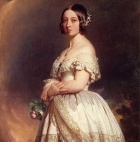
Victorians
ArticleClick to view -

Viking and Anglo-Saxon struggle for the kingdom of England
ArticleClick to view -
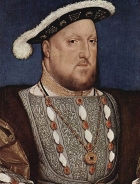
What do we mean by Big Picture History?
ArticleClick to view -

Whatever did the Greeks do for us?
ArticleClick to view -
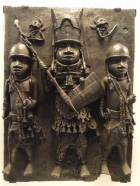
Why stop at the Tudors?
ArticleClick to view -

Why stories?
ArticleClick to view -

William Brookes and the Olympic Games
ArticleClick to view -

Young children and chronology
ArticleClick to view -
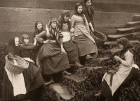
‘Come all ye fisher lassies’
ArticleClick to view -
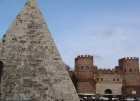
‘Miss, did the Romans build pyramids?’
ArticleClick to view

